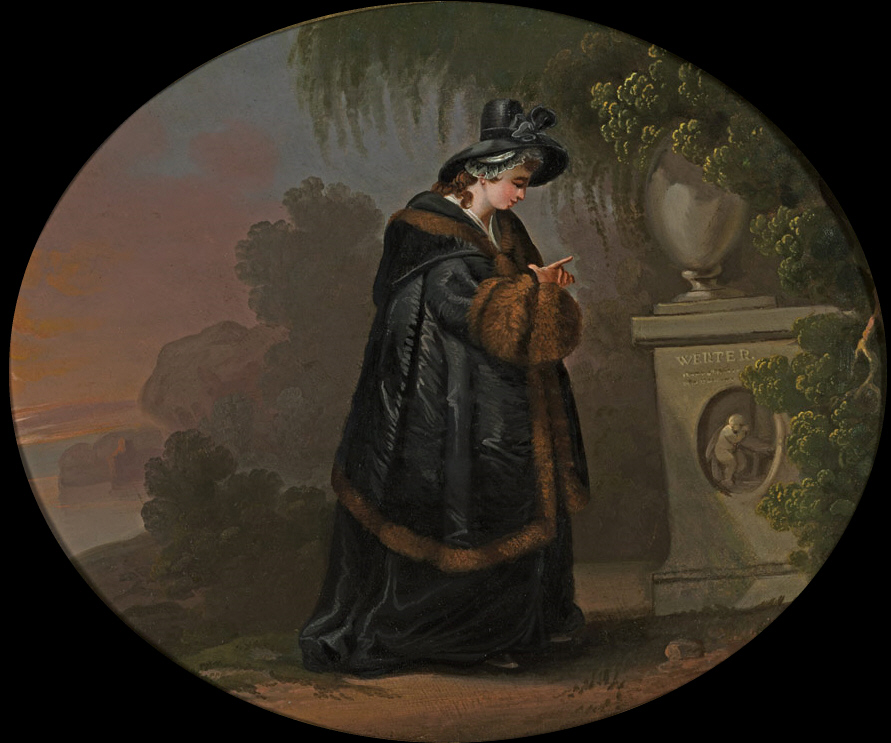Physician-assisted suicide is legal in California again, after a brief bout of illegality when the 2015 assisted suicide law was unexpectedly overturned on a technicality last month.
It would be wonderful if Californians reconsidered this law, especially in the wake of recent celebrity suicides and news from the Centers for Disease Control and Prevention (CDC) that suicide rates have risen steeply in the last couple of decades.
They ought to reconsider, because it seems that suicide is catching. The technical term is “suicide contagion,” and it refers to the way that media coverage of the practice leads to a deadly uptick in the general culture.
We’ve known about this phenomenon for a long time, with the first documented case dating back to 1774. It was the year that Goethe published “The Sorrows of Young Werther,” a novel about passionate, unrequited love and the self-destruction of a disappointed lover.
The story and the character took Europe by storm, with young men dressing like the protagonist and mooning about with gloomy faces, finally shooting themselves in an orgy of emulation as the romantic hero did. The book was banned in several countries as its fatal effects became apparent.
Two hundred years later, the researcher David Phillips coined the term “Werther Effect” to describe the phenomenon of copycat suicides. He wrote: “Hearing about suicide seems to make those who are vulnerable feel they have permission to do it.”
Well, we are all hearing about suicide, all the time, from the vocal and well-funded assisted suicide lobby. They have energetically promoted the legalization of the practice in every state, and found success in at least six jurisdictions, including California and Washington, D.C.
The main activist organization is Compassion and Choices, formerly (and more aptly named), the Hemlock Society.
They envision a world in which people legally choose the moment of their deaths, in the name of dignity and personal liberty. They link the idea of suicide with universal human aspirations like compassion and autonomy, and comfortable painlessness.
With great effect, the suicide lobby sanitizes the practice with euphemisms like Death with Dignity, and they pooh-pooh disability-rights activists and mental-health advocates who worry (rightfully) about coercion and pressure on the vulnerable and marginalized.
They disregard the experience of countries like Belgium, where the culture of suicide and euthanasia is strong — and getting stronger — and the dead include children and the mentally ill.
In the Netherlands, people with depression, alcoholism and other kinds of psychological suffering make up a sizable part of those who are euthanized or legally kill themselves. Their laws, like ours, were originally meant only for the terminally ill. But it seems there is a slippery slope, and it’s quite steep.
The media plays along in the vocalizing and promotion of suicide. Think back to the over-the-top coverage of Brittany Maynard, a young woman suffering from brain cancer who took her own life in Oregon in 2014.
More than 16 million people read her story on People.com, accompanied with pictures of a young, attractive and vivacious woman, factors that completely changed the optics around the practice.
She put suicide into the minds and hearts of a whole generation of young people who identified with her and in some way her suffering. The CDC tells us that suicide is now the second leading cause of death among 15 to 24 year olds, a terrifying statistic, with shades of “Werther” all about it.
We don’t have, as in 1774, a novel we can rip out of the hands of our impressionable young people, or a book we can ban when we realize that suicide is, indeed, catching. But we do have a vibrant democracy, and we can vote to stop the legalization and normalization of suicide.
It would be a beautiful gift to all the sad sufferers out there, struggling with despair and sadness, a gift of real compassion, based on real dignity.
Dr. Grazie Pozo Christie grew up in Guadalajara, Mexico, coming to the U.S. at the age of 11. She has written for USA TODAY, National Review, The Washington Post and The New York Times, and has appeared on CNN, Telemundo, Fox News and EWTN. She practices radiology in the Miami area, where she lives with her husband and five children.

